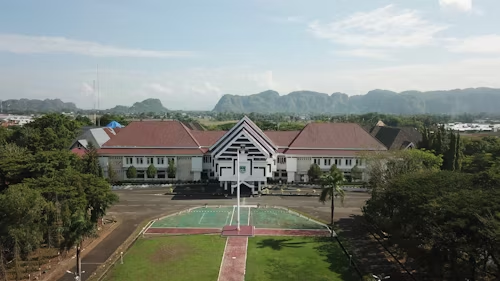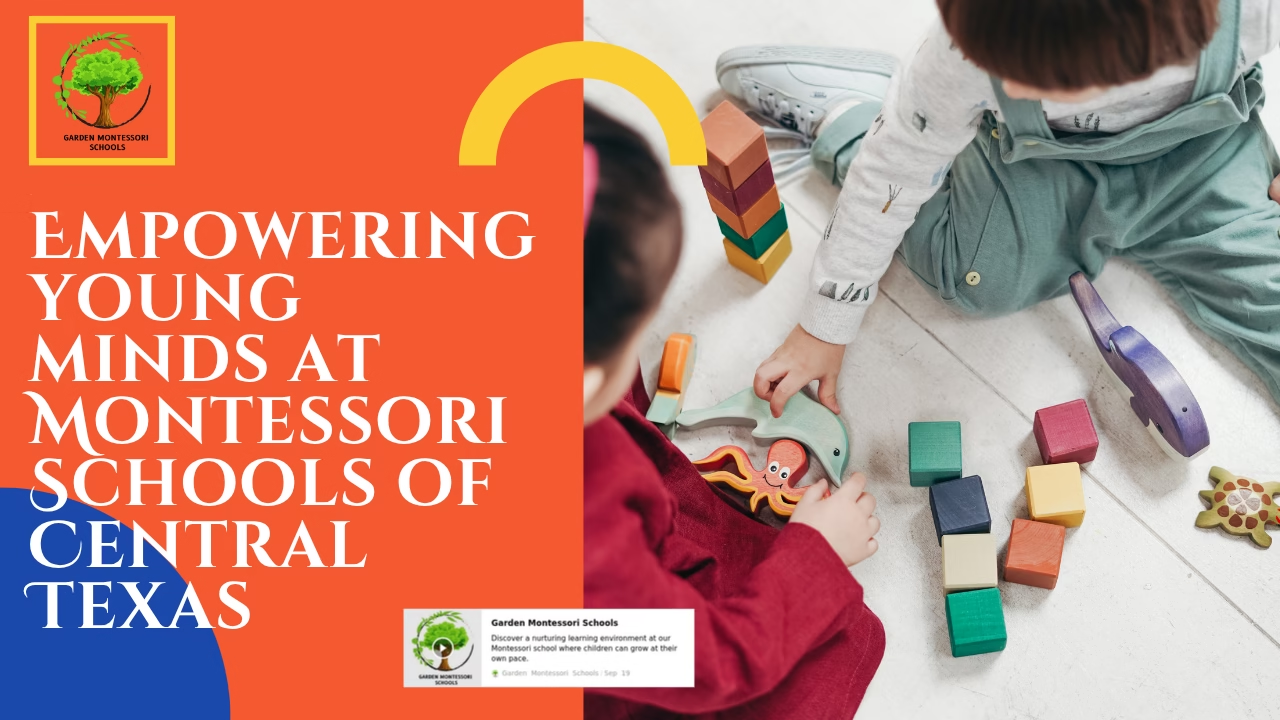Dr. Maria Montessori’s philosophy is behind it, emphasizing her principles of hands-on learning, self-direction, and respect for the child’s natural developmental pace.
The prepared environment would encourage intellectual, emotional, and physical growth that would be more natural and interesting for a child. With home-based Montessori education, the child will have an opportunity to learn.
They can explore concepts, make choices, and develop skills independently. This affords a child-centered learning experience where the role of the adult is more like a guide rather than a teacher.
This encourages learning through sensory exploration, practical life activities, and materials designed to elicit responses suitable for developing the child’s senses.
Any parent with the right resources and mindset can start to bring Montessori education into their home, providing a rich and stimulating environment to support the child’s growth and development. This article will show Montessori education at home practically and meaningfully.
What is Montessori Education at Home?
Montessori education at home refers to implementing the Montessori method in a home setting where parents are facilitators instead of the traditional teacher. It fosters an independent learning environment where exploration and development can take place.
Respect for the child’s individuality forms the core of the Montessori approach. The child must be inspired by his natural curiosity and made to get acquainted with learning materials through flexible means based on his interests, leading him to discovery.
Important principles of Montessori education include freedom within limits, emphasizing sensory exploration, and fostering practical life skills such as cleaning, cooking, and organizing.
This is how parents can help children develop broad spectrums of capabilities such as problem-solving, critical thinking, and self-discipline by giving them an environment with such principles.
Montessori education at home is not characterized by strict timetables or academic pressure but by actively showing the child how to participate in his learning journey. It gives children a chance to explore and grow by themselves.
How do parents set up a Montessori learning environment at home?
Thoughtful decisions regarding the physical space and materials available to the child establish a Montessori learning environment in the home.
The environment should be child-sized and accessible, with appropriate materials within a child’s reach so that they can independently explore them. Use low shelves, tables, and chairs, and keep the space clutter-free to avoid distraction.
Materials must be chosen that encourage sensory exploration, creativity, and problem-solving. The Montessori materials are mostly simple, natural, and open-ended, so the child can use them in multiple ways.
Examples include wooden puzzles, sorting trays, and fine motor activities. Practical life activities such as washing dishes, folding clothes, or watering plants can also be introduced into the environment to develop independence and responsibility in children.
The space should be designed with the child’s autonomy, allowing them to choose their activities while maintaining an organized and harmonious environment.
What are the Essential Montessori Materials for Home?
The essential Montessori materials for home usage are designed to support the development needs of a child at various stages. For young children, materials that appeal to the senses are essential.
Simple items like-colored blocks, sensory bins, and textured fabrics can stimulate sight, touch, and sound. Practical life materials like child-sized kitchen tools, cleaning supplies, and dressing frames allow children to exercise their motor skills and self-care abilities.
For older children, Montessori math materials include number rods, bead chains, and golden beads, in which children learn mathematical conceptions through touch and viewing. Language materials like sandpaper letters and movable alphabets can support reading and writing.
Nature-based products, such as a small garden or nature walks, can help spark curiosity in the world around them. All these materials must be simple, natural, and not distracting so that the children can discover, create, and learn by themselves.
How Can Parents Foster Independence Through Montessori Education at Home?
One of the main objectives of Montessori education at home is to foster independence. Parents should, therefore, create an environment that promotes self-directed learning and problem-solving.
This includes allowing children to choose their activities, manage their time, and complete tasks independently. This does not mean doing chores for the children but guiding them through completing tasks independently while providing support where necessary.
Materials and activities provided should be challenging yet age-appropriate. Parents can model independence by demonstrating how to do things step by step and then letting the child try.
The child learns to trust their ability and becomes confident in their skills by encouraging self-reliance and decision-making. This independence will eventually extend beyond the home and help children become confident and self-sufficient.
FAQ’s
What age is Montessori education best suited at home?
Montessori education is more effective for children aged 3-6 years; however, it can be adapted for all ages.
Is Montessori education at home expensive?
Montessori education at home can be inexpensive as most materials are made from simple, natural things in the house.
Do I have to follow a strict schedule with Montessori education at home?
No, Montessori education is flexible and focuses on allowing children to choose activities at their own pace.
How can I make Montessori education at home work for multiple children?
Create shared spaces and encourage older children to help younger ones, fostering collaboration.
Can Montessori education at home replace formal schooling?
While Montessori at home complements traditional schooling, it doesn’t fully replace formal education.
Conclusion
Montessori education implemented at home is a rewarding experience that makes children independent, self-directed and love to learn. The optimum environment encourages exploration, facilitates the right material, and provides independence to children, helping them produce wonderful results.



